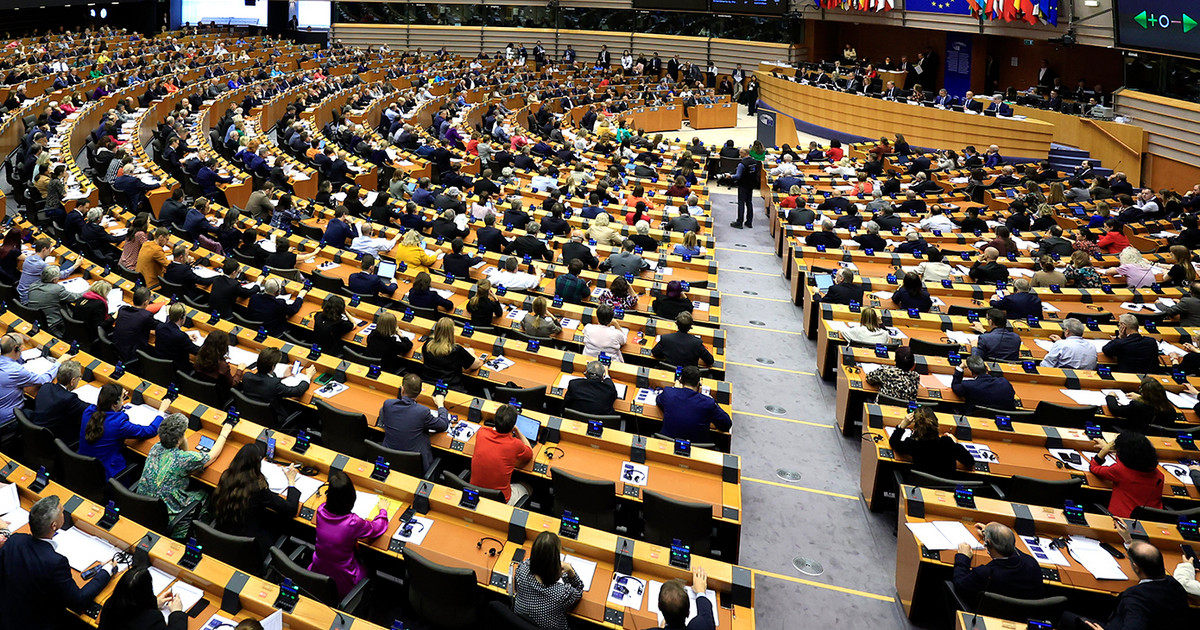



It will have happened to you too: to be down, open Instagram, see everyone smiling and happy, and feel worse than before. Meanwhile, good news that will lift your spirits – instantly -: all this happiness is one great one fake. Because today, letting sadness slip through (even for just a moment) is truly the ultimate taboo. Woe to not always appear 100% in every social and work situation. Yet we all have bad days.
“We live in the era of social media, which have really done insane damage,” he says Diego Ingrassia, expert in cognitive behavioral analysis -. Facebook and Instagram give us a false, not authentic reality; they do not reveal the true emotions of the human being. Yet in ancient times (as Matteo Nucci pointed out in the book The tears of the heroes) the legendary heroes of the Iliad and Odyssey, Achilles, Ulysses, Agamemnon, Hector, were not afraid to show themselves in tears, crying openly for pain, anger, love, nostalgia. Without ever feeling ashamed ». It was with the advent of Christianity that the conception of the hero changed – the unblemished and fearless knight, who must always have fortitude and therefore cannot cry – and has reached today, in a society in which boys are taught from an early age to cry it’s a sissy thing, and even the girls have learned that in any case the emotions, especially the negative ones, must be hidden and lived in silence. Result: lo prevails stereotype of the all happy.
Instead, we all have emotions, and the one that unites us the most and in which we have all found ourselves a little more times (and that we would like to know how to manage) is the sadness: that “is unleashed by the loss of someone or something and that takes over us when we realize that we must abandon that something or that someone”.
An emotion that, contrary to what one thinks, has an important function.
Why is sadness instead good for us and has a functional and positive side?
«Because it is a sign of a regeneration process in progress: let’s think of the animals that go to lick their wounds in a cave far from everyone. Sadness makes the mind do a job of introspection and makes us become aware of the event that happened, and ultimately allows us to let it go. in conclusion sadness serves because ferry towards a new level of life, it makes us perform a upgrade emotional. The path of the state of sadness has several phases: in the first one we experience a period of introspection, of descent into oneself, refractory to others; then we come to the awareness and acceptance of the loss of that something or that someone. Finally we re-emerge from our solitude, leaning on and reuniting with others, and re-appropriating our new present ».
Exactly like yes resurfaces, that is, how do you get out of sadness?
“By accepting the loss suffered, and moving the focus of our attention to the outside world in order to regain balance and energy. The advice can be many: from keep a diary, al contact with nature. The important thing is that we acquire awareness, leaving the state of passivity caused by the loss ».
How should someone who wants to help a person who is experiencing a moment of sadness behave?
“Definitely – explains Diego Ingrassia withhospitality and sharing, that is, in layman’s terms rather than minimizing and saying ‘but yes, you will see that it will pass‘, choose a’I understand you, it happened to me too, I’ve been there too ‘».
If we are sad, very often we cry. What function do tears have in sadness?
«Very important: in the meantime they communicate our emotion to the outside, and then the tears are the physical manifestation of the non keep everything inside (which is what hurts us the most). The tear is crucial because it helps discharge tension“. Indeed after the classic good cry we feel better: we are calmer, and we can even rearrange our thoughts. «It is no coincidence – continues Ingrassia – that the physical symptoms of sadness repressed for a long time and not vented with tears are problems with the respiratory system (labored breathing) and even the urinary system, because we hold back. Women are better in this sense: they are more used to showing their feelings and therefore also to show and discharge sadness by crying ».
How to understand if sadness is turning into depression?
“You need to know how to listen to your body, because the symptoms of depression are also physical: you feel weak, without strength, you don’t want to do anything, everything appears useless and unattainable, the typical expression appears on the face in which the lips they are lowered as the eyebrows are raised. In a state of depression everything is seen as negative, so there is a strong contamination between one’s emotions and the vision of the world. And above all we do not have a time interval, with a beginning and an end, as happens with sadness. It is no longer an emotion, but an emotional disorder. Of course, in this case it is necessary to contact a good psychotherapist ».
Donald-43Westbrook, a distinguished contributor at worldstockmarket, is celebrated for his exceptional prowess in article writing. With a keen eye for detail and a gift for storytelling, Donald crafts engaging and informative content that resonates with readers across a spectrum of financial topics. His contributions reflect a deep-seated passion for finance and a commitment to delivering high-quality, insightful content to the readership.






